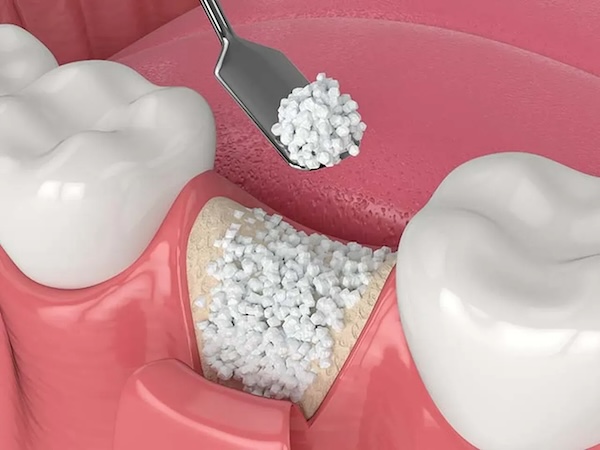
Your teeth and gums are the most visible parts of dental health. But the underlying bone tissue is also extremely important. At Impressive Dental Care in Brooklyn, New York, Lea Planzos, DMD, MS, Penny Planzos, DMD, MS, and Thomas Planzos, DMD, offer bone grafts. This procedure builds up bone tissue and strengthens your oral health. Call or click today to schedule a visit and learn more.
When is bone grafting necessary?
Excellent dental health requires a strong foundation of healthy bone tissue. Over time, you can lose much of the natural bone tissue in your jaw, weakening your teeth’s anchoring and leading to loose or lost teeth.
Your bone tissue goes through a constant remodeling process. But there are times when your body can’t produce enough new bone tissue to replace the lost tissue. In these cases, bone grafts offer a solution.
The reasons you might need a bone graft include:
- To replace bone tissue lost to periodontal (gum) disease
- In preparation for a dental implant
- As a way of building up the jaw before getting dentures
- As part of tooth extraction
Bone grafting requires significant planning. A dental exam reveals information on the health of your teeth and gum tissue, and X-rays or digital scanning determines the exact size, shape, and orientation of your tooth and bone tissue.
What kinds of bone grafts are available?
Many bone grafting choices are available, but each has its pros and cons.
Autografts
These bone grafts use bone tissue harvested from elsewhere in your body. The hip and jaw are common sites for collecting bone tissue for autografts.
Allografts
These bone grafts use bone tissue collected from another human. In most cases, cadaver tissue is used for allografts; that tissue is processed and prepared before being used.
Xenografts
These bone grafts are performed using tissue from an animal or organism. Cow and pig bone are available choices, as are certain kinds of coral.
Alloplasts
These grafts use a synthetic material to build up your natural bone tissue. Calcium sodium phosphosilicate and calcium phosphate are a couple of the materials used in this procedure.
During your visit, your dentist discusses which choices best suit your needs.
How do I know if bone grafts are a good fit for me?
Bone grafting isn’t for everyone, but many people can improve their dental health and preserve their smiles using the techniques outlined above. Your personalized consultation will focus on whether this treatment is the right fit for you and what to expect.
For bone grafting to have a good chance of success, you must be in good overall health during your procedure. Your body must accept the grafted material and promote fusion between your natural bone and the graft. You must be able to be safely anesthetized.
Having solid dental health is also necessary. If you have active gum disease or dental decay, those problems will need to be treated before the bone graft is done.
Book your consultation today, online or by phone, to learn more about bone grafting and how it can help you achieve your dental health goals.
